If you’ve ever dreamed of growing your own banana plant but thought you didn’t have the space, the Dwarf Cavendish banana plant might just change your mind. Compact, beautiful, and surprisingly easy to manage, this banana variety can thrive even in pots—making it a perfect choice for balconies, patios, and small urban gardens.
In this post, inspired by the video “Dwarf Cavendish Banana Plant Growing in a Pot – Gardening in Mangalore,” we’ll explore everything you need to know to grow and care for your own Dwarf Cavendish banana plant in a container, from choosing the right pot and soil mix to harvesting those sweet, tropical fruits right at home.
What Makes the Dwarf Cavendish Banana Special?
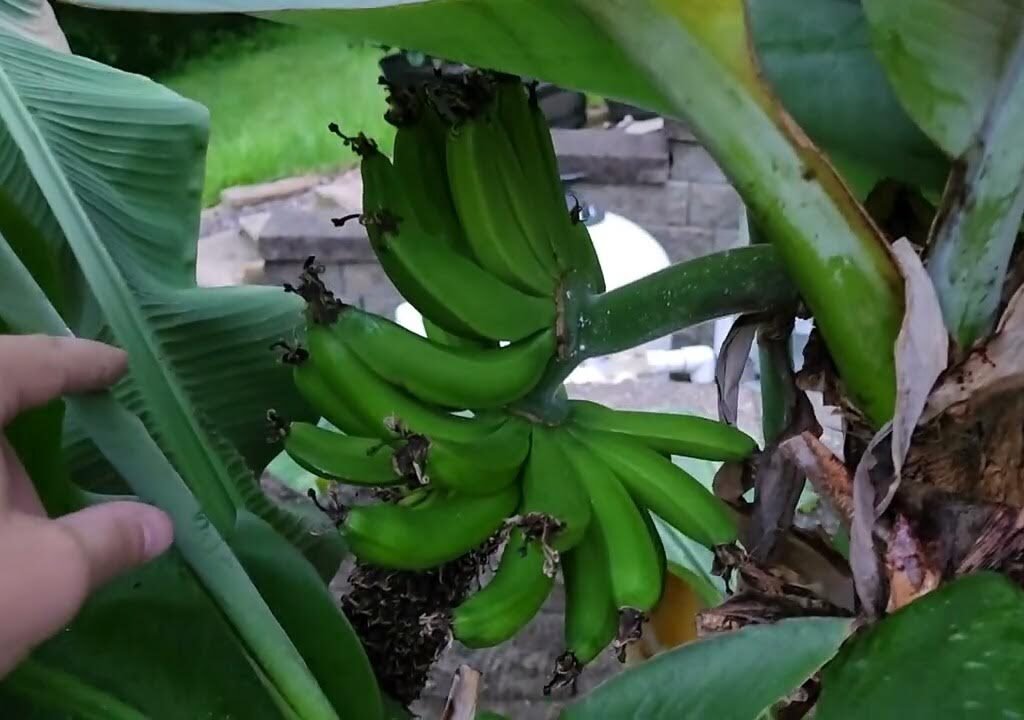
The Dwarf Cavendish (Musa acuminata) is one of the most popular banana varieties worldwide, known for its manageable height, lush green foliage, and delicious fruit. Unlike its taller relatives that can grow up to 15 feet, this variety typically stays around 5–9 feet tall, making it ideal for container gardening and tropical-themed home gardens.
Here’s why gardeners love it:
- Compact Size: Perfect for small gardens or terrace spaces.
- Quick Growth: It matures faster than many other banana types.
- Fruit Quality: Produces sweet, creamy bananas similar to store-bought varieties.
- Decorative Appeal: Its broad green leaves add a tropical charm to any space.
Whether you live in a coastal city like Mangalore or a more temperate region, this banana plant can adapt well with a little care and attention.
Choosing the Right Pot
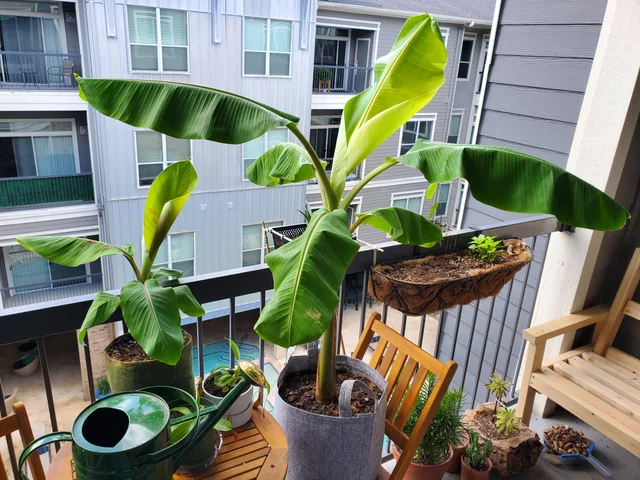
The first step in growing a Dwarf Cavendish banana in a pot is selecting a suitable container. Since bananas grow from rhizomes and have strong, spreading roots, they need plenty of room to expand.
Here’s what to look for:
- Size: Start with a pot that’s at least 18–24 inches deep and wide. As the plant matures, you can move it to a larger pot (up to 30 inches).
- Material: Use sturdy plastic, terracotta, or fiber pots that can withstand the plant’s weight.
- Drainage: Ensure the pot has good drainage holes to prevent waterlogging, which can lead to root rot.
To improve drainage, you can place a layer of broken clay pieces or pebbles at the bottom before adding soil.
The Ideal Soil Mix
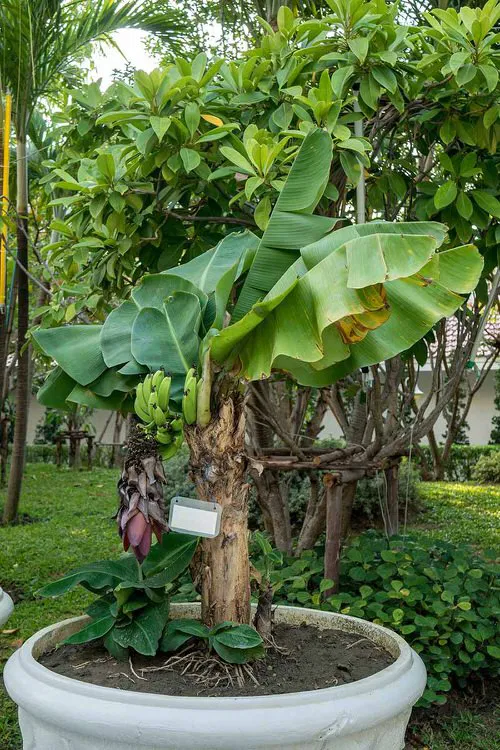
Banana plants love rich, well-draining soil with plenty of organic matter. In Mangalore’s tropical climate, maintaining moisture while avoiding waterlogging is key.
Try this perfect potting mix:
- 40% garden soil or loam
- 30% compost or well-rotted cow manure
- 20% coco peat or leaf mold
- 10% perlite or sand for aeration
Mix these well before planting. You can also add a handful of wood ash or bone meal for extra potassium and phosphorus, which promote strong roots and fruit development.
Light and Temperature Needs
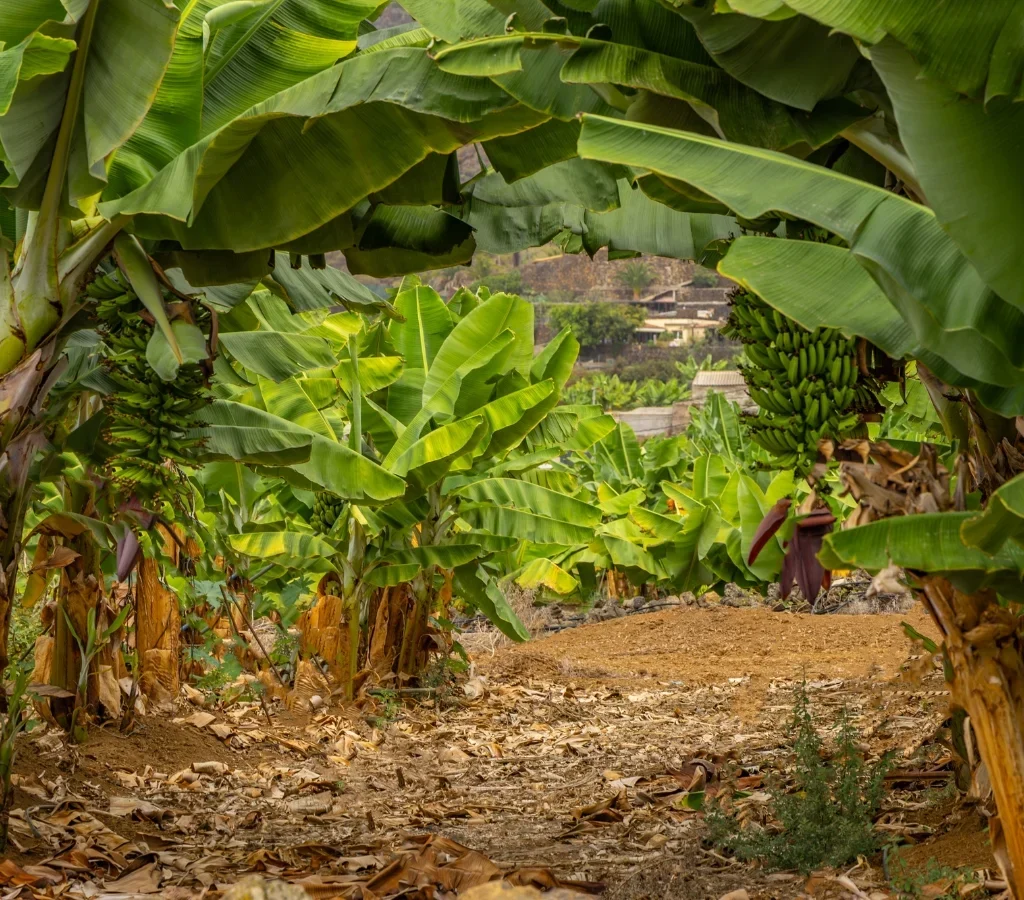
The Dwarf Cavendish banana plant thrives in full sunlight, needing at least 6–8 hours of direct sun daily. If you’re growing it on a balcony or terrace, choose a sunny spot protected from strong winds that can tear the leaves.
Temperature tips:
- Ideal temperature: 25–35°C (77–95°F)
- It can tolerate slight dips, but growth slows below 15°C (59°F).
- In cooler months, move the pot to a warmer, sheltered area or use a greenhouse setup.
In humid coastal areas like Mangalore, the natural moisture in the air benefits the plant, reducing the need for constant watering.
Watering the Banana Plant
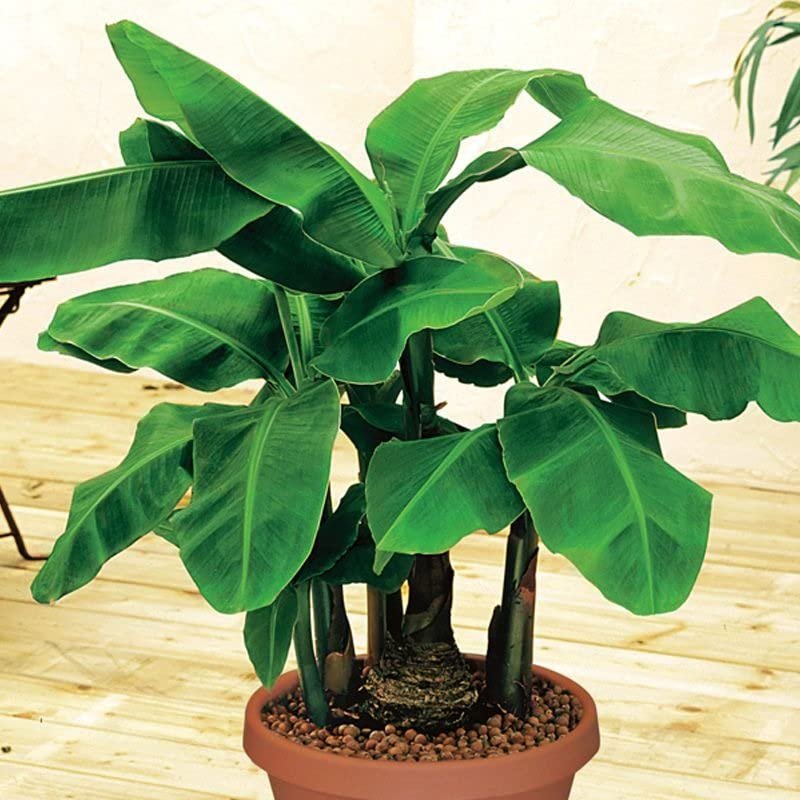
Bananas love water but hate soggy roots. Keeping the soil consistently moist but not waterlogged is the key to success.
Watering schedule:
- During summer, water daily or every alternate day, depending on how fast the soil dries.
- In cooler months, reduce watering to 2–3 times a week.
- Always check the top inch of soil—if it feels dry, it’s time to water.
Avoid letting water stand in the pot tray, as stagnant moisture can cause fungal problems.
Fertilizing for Lush Growth
Banana plants are heavy feeders, especially in pots where nutrients deplete quickly. A consistent feeding routine will ensure healthy leaves and a bountiful fruit yield.
Fertilizer guide:
- Organic compost: Add a layer every 2–3 weeks to enrich the soil.
- Liquid fertilizers: Apply a diluted banana peel tea, seaweed extract, or fish emulsion every 15 days.
- NPK ratio: If using chemical fertilizers, go for a balanced 8:10:8 or 10:10:10 mix monthly during the growing season.
Also, sprinkle potassium-rich fertilizers like ash or banana peel powder before flowering to encourage larger fruit bunches.
Flowering and Fruiting Stage
Under ideal conditions, your Dwarf Cavendish banana plant will start producing flowers 10–12 months after planting. A single large purple flower (banana heart) emerges from the center of the pseudostem.
Here’s what happens next:
- The first few rows of flowers develop into female flowers (which form the fruit).
- The later flowers become male flowers, which help with pollination.
- Once the fruits appear, remove the remaining male bud to redirect energy toward fruit growth.
The bananas mature within 3–4 months after flowering, turning from green to yellow when ripe.
Harvesting the Bananas
Harvest the bananas when they are full-sized and the ridges on the peel start to round off. You can either cut the entire bunch or pick individual hands as needed.
Let the bananas ripen indoors at room temperature—they’ll develop a sweeter flavor this way. After fruiting, the mother plant will begin to die back naturally.
But don’t worry—new suckers (baby plants) will grow from the base, ensuring continuous harvests. Select one or two healthy suckers to keep growing, and remove the rest to prevent overcrowding.
Pruning and Maintenance
Proper maintenance keeps your banana plant healthy and productive.
Here’s what to do regularly:
- Remove dead or damaged leaves to improve air circulation.
- Cut off excess suckers, leaving only 1–2 per plant.
- Mulch the top of the pot with dry leaves or compost to retain moisture.
- Watch for pests like aphids, spider mites, and banana weevils—use neem oil or organic insecticidal soap if needed.
Common Problems and How to Fix Them
- Yellowing Leaves: Usually caused by overwatering or poor drainage. Improve soil aeration and reduce watering.
- Slow Growth: Could be due to lack of nutrients or insufficient sunlight. Feed regularly and move to a brighter location.
- No Fruits: This happens if the plant lacks potassium or if the pseudostem is too young. Apply potassium-rich fertilizer and allow mature suckers to grow.
Growing Dwarf Cavendish in Mangalore’s Climate
Mangalore’s warm, humid, and coastal climate is ideal for banana cultivation. The high humidity supports leaf growth, while the rainfall keeps the soil moist. However, it’s important to shield the plants from heavy monsoon winds and ensure the pot drains well during rains.
If you live in similar tropical or subtropical regions, you’ll find that Dwarf Cavendish grows vigorously, producing fruit within a year under good conditions.
Propagation and Repotting
You can propagate Dwarf Cavendish banana plants from suckers—the small offshoots that appear around the base of the main plant.
Steps:
- Wait until the sucker has 3–4 leaves and a small root system.
- Cut it away carefully with a sharp knife.
- Plant it in a new pot with the same soil mix.
- Keep it shaded for a week and gradually expose it to full sun.
Every 2–3 years, repot your banana into fresh soil to renew nutrients and encourage healthy growth.
Final Thoughts
Growing a Dwarf Cavendish banana plant in a pot is a rewarding experience that brings a touch of the tropics right into your home. With proper care—ample sunlight, regular feeding, and consistent watering—you can enjoy both the beauty of lush green foliage and the satisfaction of harvesting your own homegrown bananas.
Whether you’re gardening in Mangalore or anywhere with similar tropical conditions, this compact banana variety proves that even a small space can yield big, delicious results.
So go ahead—pick up a Dwarf Cavendish plant, give it a sunny spot, and start your journey toward a fruitful, green oasis today!
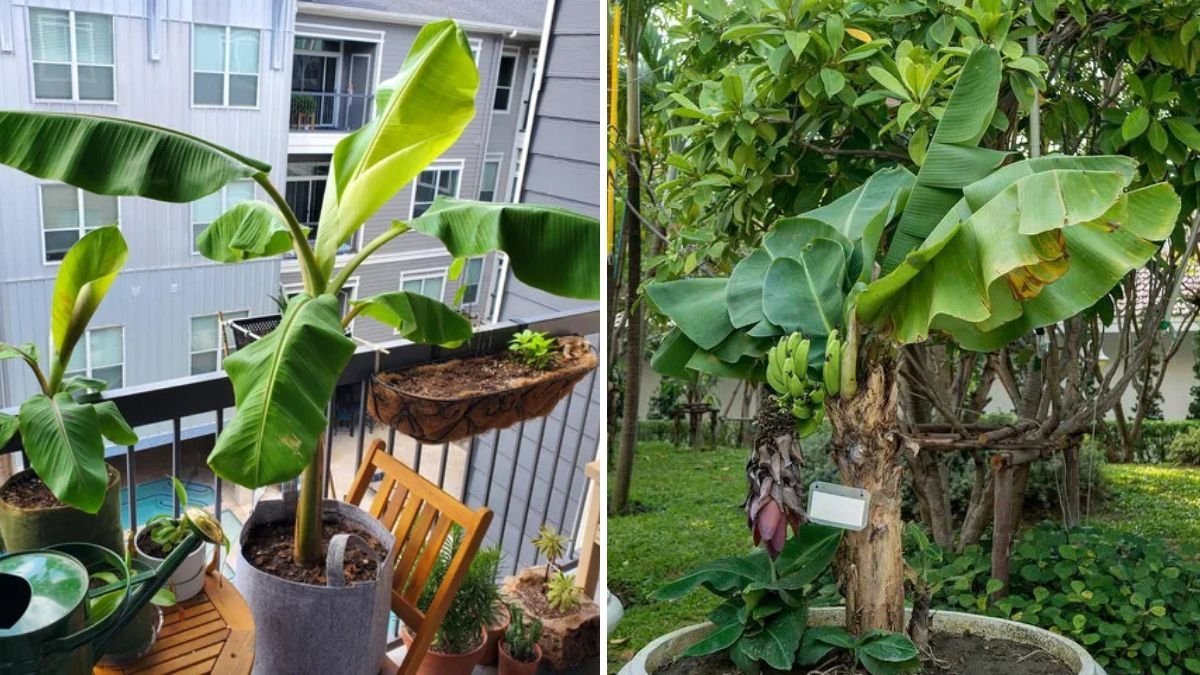
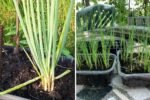
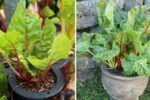
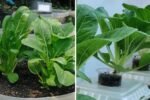
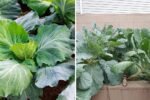
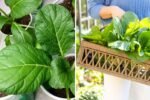
Leave A Comment